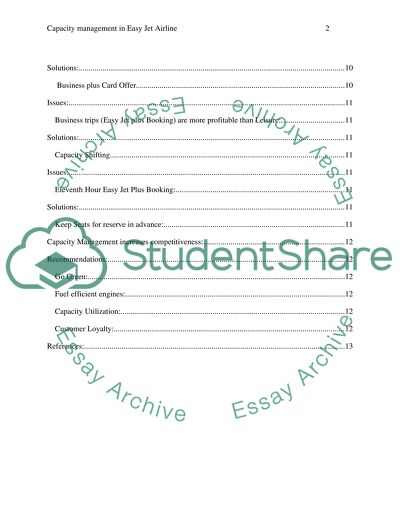Cite this document
(“Operations Management: Easy Jet's Capacity Management Essay”, n.d.)
Retrieved from https://studentshare.org/environmental-studies/1423038-operations-management-easy-jet-s-capacity
Retrieved from https://studentshare.org/environmental-studies/1423038-operations-management-easy-jet-s-capacity
(Operations Management: Easy Jet'S Capacity Management Essay)
https://studentshare.org/environmental-studies/1423038-operations-management-easy-jet-s-capacity.
https://studentshare.org/environmental-studies/1423038-operations-management-easy-jet-s-capacity.
“Operations Management: Easy Jet'S Capacity Management Essay”, n.d. https://studentshare.org/environmental-studies/1423038-operations-management-easy-jet-s-capacity.


